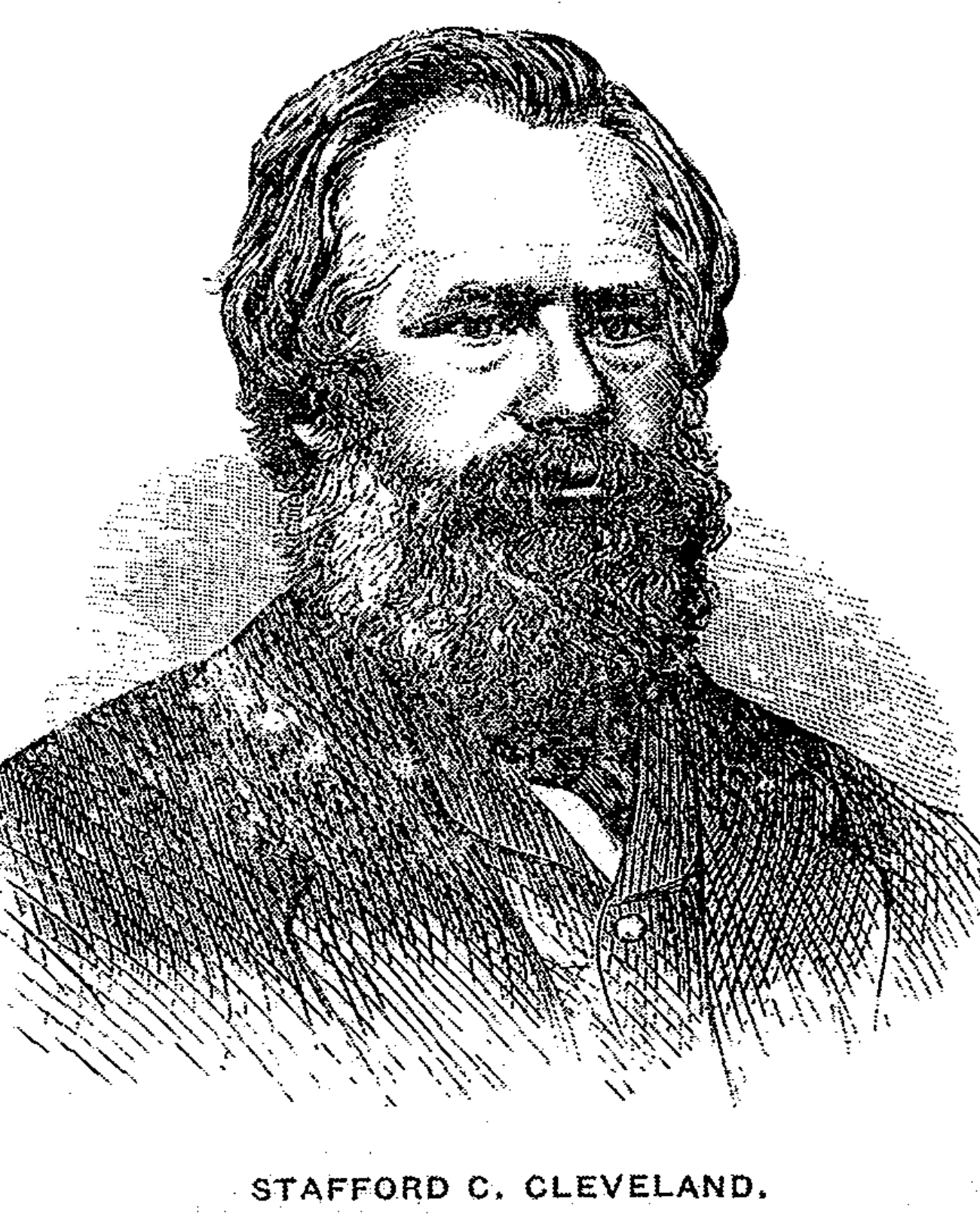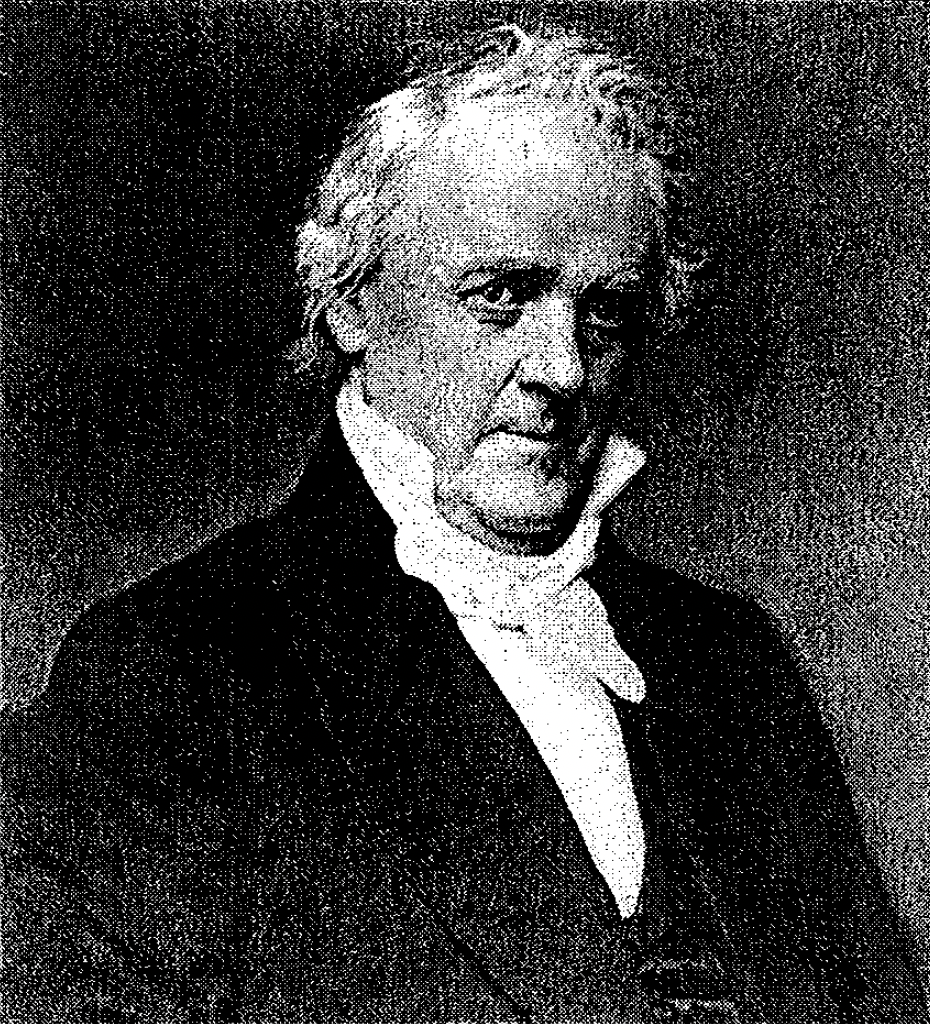|
Sesquicentennial (January/February 1861)
In the January 3, 1861 issue it The Yates County Chronicle, Editor Stafford C. Cleveland reported, “New Years Day passed off very pleasantly in Penn Yan. There was very little drunkedness or rowdyism displayed in the streets as is usual on such occasions. In the morning, as we sauntered up Main St., we were greeted with a ‘Happy New Year’ from a score of expectant little ones, of all classes. Some whose nakedness denoted poverty and that the maternal home which they had just escaped was all else but a happy one; and others who were tastefully and richly clad showing that they were fortunate in the possession of a sober and industrious father and a kind and watchful mother. But each little heart seemed equally exultant that New Years Day had dawned.”
| |
 |
| |
|
Whatever exultation greeted the new year locally, it was destined to be short lived. The national political crisis which had been unfolding since Lincoln’s election in November was becoming much more serious. In the first two months of 1861, the secession movement was spreading across the South. South Carolina had seceded from the Union n December 20, 2860 and in January and February, six more states joined them; Mississippi, Florida, Alabama, Georgia, Louisiana and Texas. Representatives from six of those seceded states met in Montgomery, Alabama in early February, wrote the Constitution of the Confederate States of America and elected Jefferson Davis of Mississippi as its President.
It became clear that the “flash points” for this crisis were federal military installations in the South. Starting in early January, southern state militias began to seize federal property in their states including forts, lighthouses, mints, post offices, ships and arsenals.
Editor Cleveland of The Chronicle wrote, “The South, in their infatuation, seem to think that they are going to take forcible possession of Washington city, turn Congress out of doors, prevent the inauguration of Mr. Lincoln, break up the government and turn the whole country over to anarchy and mob law. (Newly appointed Secretary of War) Gen. Scott just at this time if not upon the throne is behind it and with his characteristic skill and activity is making all necessary arrangement to secure the inauguration of the new President and at the same time to send a certain class of wise men of the South home with a flea in their ear. If John Brown should be hung for taking one arsenal in Virginia, why should Southern gentlemen escape the rope when they take all the arsenals and forts in three or four states. Let us have fair play.”
Abraham Lincoln’s inauguration wasn’t until March 4th, so the crisis was left to “lame duck” President James Buchanan. Buchanan maintained that states had no legal right to secede but that the Federal government had no legal right t stop them. Statewide conventions were called for in Tennessee, North Carolina and Virginia in order to consider a course of action. Lacking presidential leadership, the Congress attempted to deal with the crisis with a North-South compromise. Attention centered on a series of constitutional amendments proposed by Senator Crittenden from the slave-holding border state of Kentucky. The gist of the compromise was to extend the Missouri Compromise line of 1820 (36-30 latitude) to the Pacific, protect slavery to the south of it and prohibit it to the north. It also would reinforce the Fugitive Slave Law of 1850. Finding that incompatible with their party platform, Republican leaders in the Congress, with the encouragement of President-elect Lincoln, defeated the attempt.
The two local newspapers in Yates County differed predictably in their coverage of the crisis. Cleveland's Yates County Chronicle reflected the hardline Republican view and blamed the crisis on southern slave holders. The Penn Yan Democrat reflected the viewpoint of northern Democrats and blamed the crisis on northern abolitionists. Both newspapers condemned the secession movement in the South.
 |
|
| "Lame duck" President James Buchanan |
|
In the final days of 1860 Editor Cleveland's old nemesis, George Bridgman, sold the Democrat to Eli McConnell and Warren J. Stanton. Realizing that he had lost a worthy adversary, Cleveland wished Bridgman well in retirement. For whatever reason, Cleveland lessened his criticism of the Democrat under its new editor McConnell. Realizing that part of the appeal of their paper was in taking on the Republican establishment in the county, McConnell tried to engage Cleveland. In early February he wrote "The Chronicle enjoys immense advantages for ascertaining "the public mind''. It's "public mind" consists of a corporal's guard of fossilized Abolitionists in this village who consult in a circle, reason in a circle, live in a circle, and have not had a fair glimpse at the great political world outside of that circle within a quarter of a century. It therefore knows no more about the "public mind" than a convention of Indians in Oregon."
The major difference of opinion between the two papers centered on the question of a North-South compromise. Cleveland wrote in the Chronicle: "By voting for the Crittenden Compromise the Republican Party would throw away every distinctive principle of its own platform. The consequence of this would be the utter demoralization of the party, the political annihilation of its leaders, and the resuscitation of the pro-slavery Democrats for another era of riot and misrule. Are we prepared for this? Does any Christian or patriot desire this? This is the last hope of the Slave Power. If defeated in this, after the fourth of March, the cry of compromise will be heard no more." (NOTE: March 4th was Lincoln's inauguration.) McConnell wrote in the Democrat: "One only resource is therefore left those who fervently desire to see the friendly and loyal Slave States snatched from the hideous grip of Secession and firmly anchored by the noble Ship of State. That resource is Compromise - Concession - in fact some "Backing Down". He who will not see this only alternative or seeing it, refuses to embrace it, is mad with party bigotry and estimates the Union as worth no more than a mess of pottage." McConnell later condemned Lincoln for refusing to push for the Crittenden Compromise.
As February came to a close, two events took place in different parts of the country which later proved to be on a collision course. The governor of South Carolina demanded the surrender of the federal Fort Sumter which guarded the entrance to the harbor at Charleston. A ship carrying reinforcements and supplies to the fort had been turned back by artillery fire from the South Carolina militia in January. The strategy was to force surrender through a lack of food and other supplies. Meanwhile, President-elect Lincoln left Springfield, Illinois by train on February 11th. Twelve days later, amid rumors of conspiracy and attempted assassination, he arrived in the nation's capitol to prepare for his inauguration.
The Yates County Chronicle predicted that the secession movement would "die on the vine" when no other slave holding states joined the Confederacy. The Penn Yan Democrat predicted that South Carolina would never fire on Fort Sumter without the support of the other "Cotton States", which they would never get. Both papers turned out to be wrong.
by Rich MacAlpine
|
